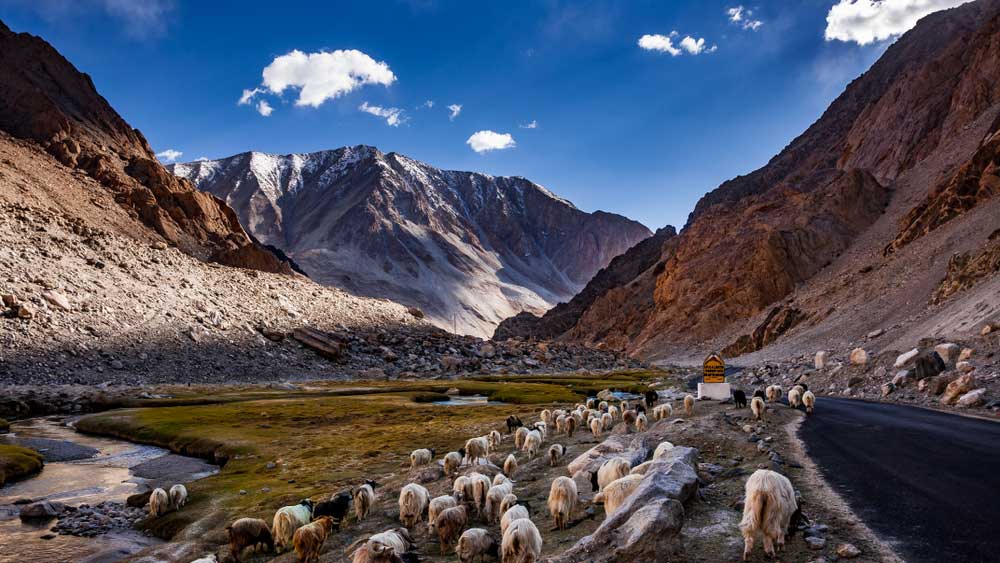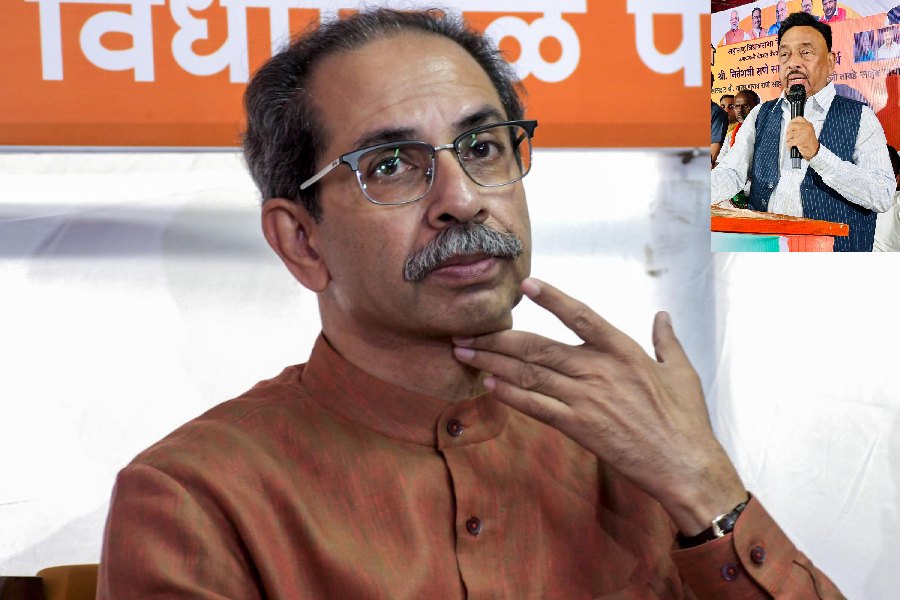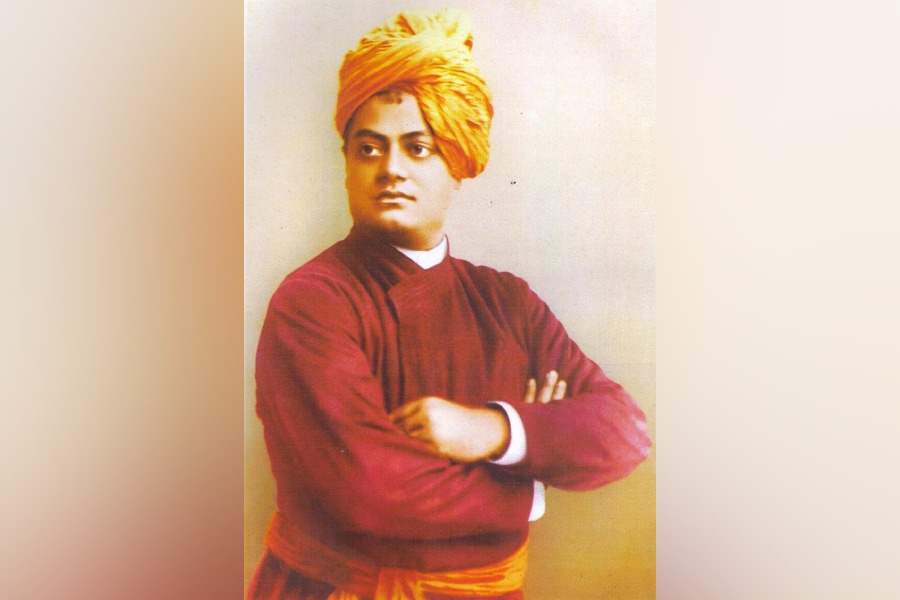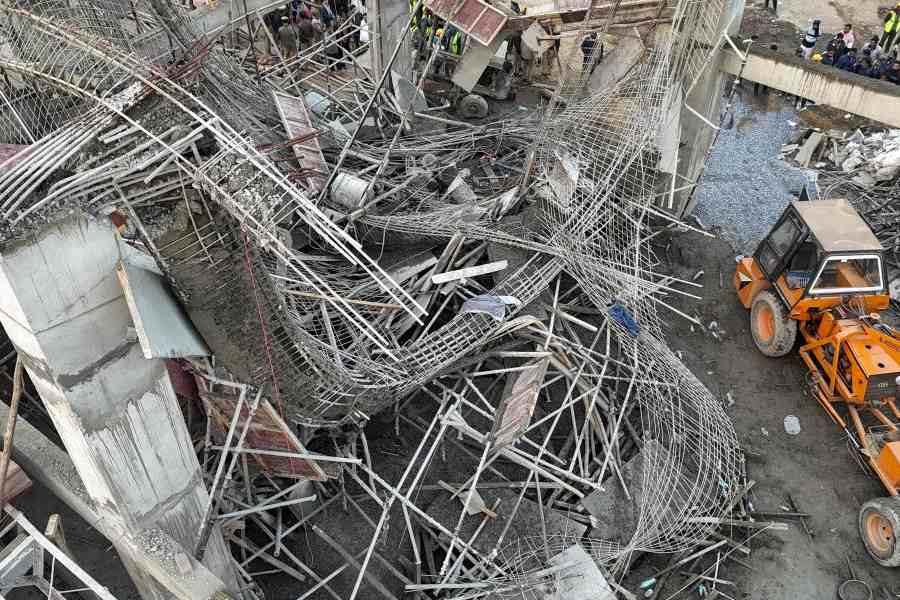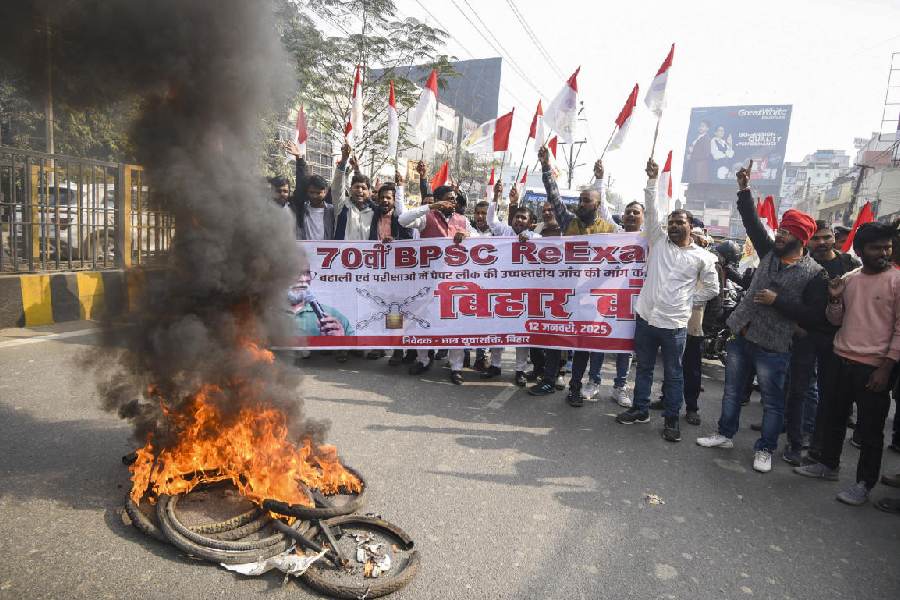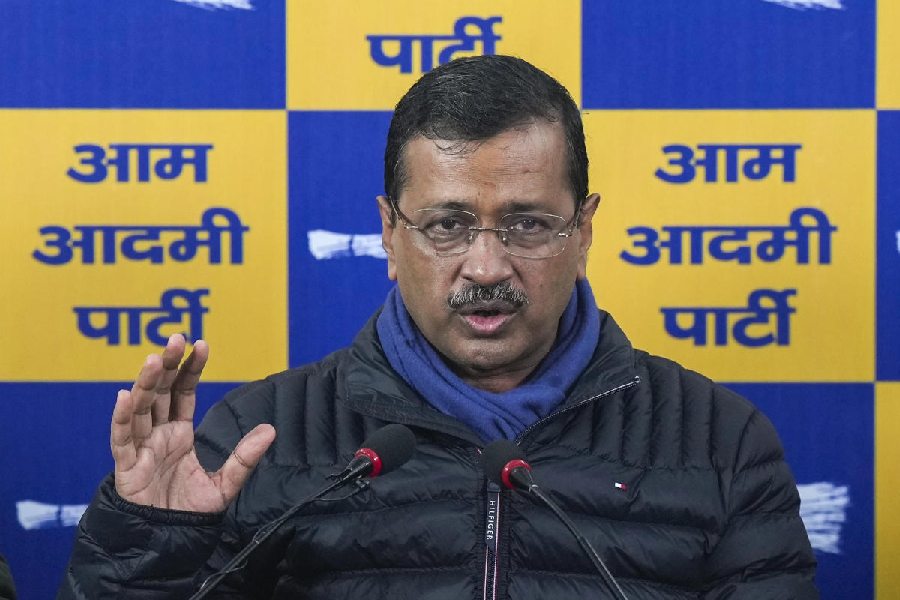India’s top army commanders on Wednesday began deliberating ways to deal with the challenges confronting the force, prominent among them being increased Chinese activity and aggression along the border in the Ladakh sector where Indian and Chinese soldiers have been eyeball-to-eyeball for the past two weeks.
The three-day conference is being presided over by the army chief, General M.M. Naravane, at the defence ministry’s office in South Block.
“The situation is very tense in eastern Ladakh where Indian and Chinese soldiers are locked in a standoff in areas like Pangong lake, Galwan valley, Demchok and Daulat Beg Oldie. Neither side is ready to back off. Increased Chinese activity and aggression along the Line of Actual Control (LAC) in the region are among the top agenda of the conference,” an army officer said.
The conference was originally scheduled to be held from April 13-18 but was postponed due to the pandemic. “Besides the ongoing standoff at Ladakh, the army’s top brass will also deliberate on other aspects of India’s security challenges, including the border with Pakistan,” the officer added.
The conference comes amidst the escalation of tension between the Indian and Chinese armies with each side building up troops, pitching tents along the un-demarcated “line of perception” and demanding the other retreat first. The Indian Army has flown in more troops to be deployed at the disputed locations along the LAC in Ladakh to match the 5,000 soldiers deployed by China.
The Chinese People’s Liberation Army (PLA) is said to have transgressed 3-5km into Indian territory near the Pangong lake and pitched tents in at least three locations, including two in the Galwan valley where the showdown leading to the 1962 war had started.
The PLA has launched more boats on the Pangong lake and built bunkers near it.
Sources in the defence ministry said the situation at the border in Ladakh “continues to be tense”, with both sides eyeball-to-eyeball in at least three locations.
The Chinese foreign secretary’s spokesperson, however, said on Wednesday that the situation at the border with India was “overall stable and controllable”, and both countries had proper mechanisms and communication channels to resolve the issues through dialogue and consultations.
Asked about the Chinese spokesperson’s comment, an Indian defence ministry official said: “There is no denying the fact that the situation remains tense. It is also true that both sides are trying to resolve the confrontation along the LAC through both military and diplomatic channels.”
The official said US President Donald Trump too had given a “status update” on the situation at the LAC, calling it a “raging border dispute”, while offering to mediate between India and China.
“We have informed both India and China that the United States is ready, willing and able to mediate or arbitrate their now raging border dispute. Thank You!” Trump tweeted on Wednesday afternoon.
Prime Minister Narendra Modi on Tuesday evening chaired a meeting with national security adviser Ajit Doval and Chief of Defence Staff
General Bipin Rawat and discussed the border impasse in Ladakh.
The latest standoff between the two armies escalated after several Indian and Chinese soldiers were injured in a cross-border clash during which they came to blows and hurled stones at each other on May 5 near the Pangong lake, two-thirds of which is under Chinese control.
The flashpoint between the two sides in this sector is said to have been triggered by New Delhi’s move to construct a
road within Indian territory near the lake. The PLA has objected to it. Sources in the army said the new road project was part of India’s plan to build border infrastructure as China has also constructed several roads in its territory. They said India had never protested such constructions by the Chinese.

